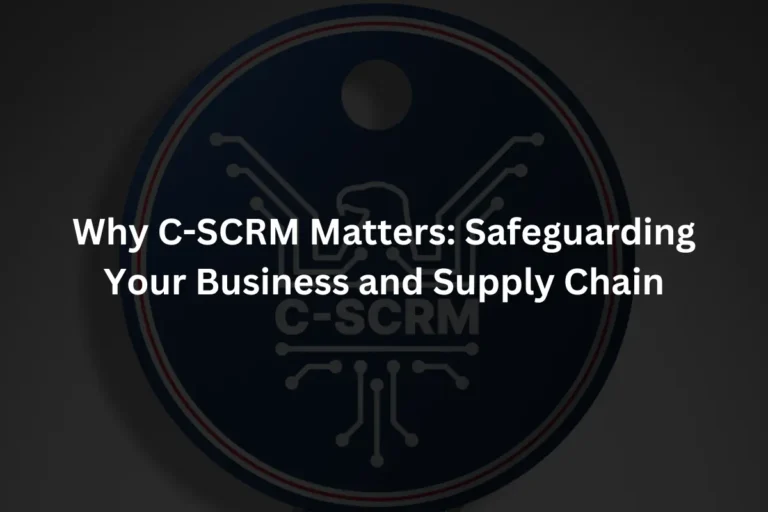What Is the Connection Between Transaction Monitoring and AML Compliance?
In the current financial environment, the reputation of financial institutions operating in the private sector is conditioned by the measures they take to ensure compliance with Know Your Customer and Anti-money laundering measures. Are you the manager of a FinTech, and is your primary activity conducted in North America or Europe? If so, according to current legislation, you will need to implement transaction monitoring measures to identify potential financial irregularities before they have an impact on the finances of your organization.
KYC and AML compliance are essential for the development and economic success of financial institutions active in the private sector. In the US and Europe, private institutions involved in the financial industry are required by law to implement AML and KYC procedures aimed at preventing money laundering operations or the financing of organized crime groups.
Has your agency failed to implement a practical AML framework? If so, your activities could be analyzed by the Financial Crimes Enforcement Network, which, in cases of irregularities or non-compliance, will impose monetary penalties.
How Do Financial Institutions Implement Transaction Monitoring?
Anti-money laundering compliance is crucial for companies active in the financial markets that wish to operate internationally. However, to achieve AML compliance, financial institutions must first implement transaction monitoring and oversee the activities of service users in real-time. Transaction monitoring starts with the implementation of KYC procedures, through which financial firms collect personal data from clients, investigate past financial behaviors, and assign a risk score to recorded transactions.
Once this data is collected, it must be investigated, a process that, in the modern financial climate, usually takes place with the help of artificial intelligence. AI-based AML applications can analyze patterns in the collected analytical data, detect suspicious transactions five times faster than conventional tools, and have a significantly lower false-positive rate.
AI-based AML applications can flag transactions between high-risk clients, investigate spoofed transfers between accounts, and implement the risk-based threshold systems developed internally by financial institutions. Moreover, AI KYC and AML programs can assist with SAR filings and are the only realistic solutions for the rapid application of enhanced due diligence measures.
How Are AML Regulations Enforced in the US?

KYC and AML regulations are enforced domestically by FinCEN, which acts in accordance with the rules laid out in the Bank Secrecy Act of 1970 and the PATRIOT Act of 2001. According to the BSA, companies active in the financial sector operating in the United States must file reports with FinCEN for any cash transaction that exceeds a total of $10,000. These transactions can range from withdrawals to down payments for various services.
Moreover, companies involved in the financial sector are required to file a suspicious activity report for any transaction that may be associated with money laundering activities and verify the identity of users opening new accounts.
The USA PATRIOT Act of 2001 was implemented following the terrorist attacks on September 11, 2001, and although it was initially meant to be a temporary legislation piece, its implementation is still in effect 23 years later. Section 314 of the PATRIOT Act obliges financial institutions present in the domestic market to collaborate with national authorities on investigations related to national security.
On top of that, section 326 imposes the implementation of EDD for transactions conducted from high-risk jurisdictions. Moreover, the PATRIOT Act prohibits US-based financial institutions from maintaining nostro/vostro accounts with proven shell companies outside of US oversight.
Companies that violate the regulations enforced by the Financial Crimes Enforcement Units can be penalized up to $1 million or twice the value of the transactions that failed to comply with AML regulations. Moreover, if authorities conclude the violations were willful, the individuals involved could even be criminally prosecuted. Has your financial venture failed to achieve KYC and AML compliance? In that case, your operating license could be revoked by the OCC, leading to civil lawsuits. Plus, your assets could be temporarily or permanently seized.
How Does AI Help in Transaction Monitoring?
AI has made significant progress in the last five years, and nowadays, it is an integral part of most AML programs used by companies active in the international financial sector. How can AI assist with KYC and AML compliance? For starters, by using real-time analysis of impressive amounts of data, AI programs can identify patterns and anomalies that other traditional financial analysis programs may have missed.
AI-based AML programs are significantly more accurate than manual checks or conventional non-AI applications. Plus, the machine learning algorithms used by AI AML software can leverage multiple data streams simultaneously, perform real-time transaction monitoring, generate risk scores for customers or transactions, and adapt the utilized monitoring parameters to market developments.
This last point is, in fact, the most significant advantage of artificial intelligence. AML applications that leverage machine learning algorithms are capable of self-improvement and can enhance their accuracy and false-positive rates through the analytical data they access. AI can adapt to changes in the fraud techniques used by bad actors, leverage natural language processing to prevent financial fraud attempts via phishing, automate the process of reporting suspicious transactions, and maintain audit trails necessary for inspections by FinCEN.

A Reality of the Modern-Day Financial Sector
What is the connection between AML compliance and transaction monitoring? In short, transaction monitoring systems are an integral part of comprehensive AML strategies and serve to detect suspicious financial activities that are typically not visible through manual inspections. Through transaction monitoring, companies active in the financial sector can assess the risk score of recorded monetary transactions, automate alerts for suspicious transactions, and perform complete audits of digital records.
Transaction monitoring is implemented simultaneously with KYC procedures, usually leverages AI functionality, and is mandatory for FinTech companies and banks, insurance companies, private lenders, or credit unions. With the help of AI, AML applications can implement transaction monitoring by performing real-time analyses of recorded financial data and adapting the rule systems used to stop illegal financial operations in accordance with market modifications.
AI models utilize machine learning to keep up with new money laundering techniques, employ advanced tools to identify patterns in the analyzed data, and are, overall, a necessity to ensure the protection of companies active in the financial sector.







